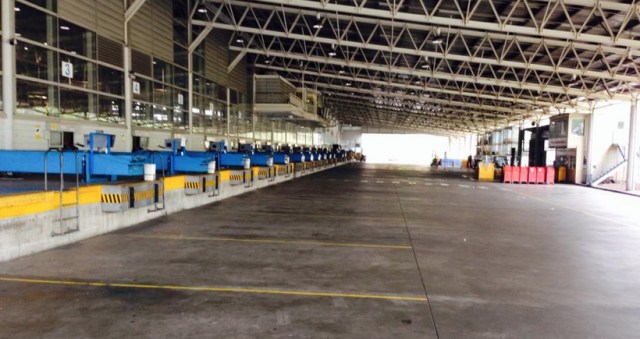The PVC plant is located in Cai Mep Industrial Park in Tan Thanh District, Ba Ria-Vung Tau Province and is about 85km southeast of Ho Chi Minh City.
It has an initial capacity to produce 100,000 tonnes of products a year, in particular PVC resins, the necessary raw material for plastic products and related petrochemical products.
The joint venture, which aims to produce resins locally to cut back on imports, now sells about 70 per cent of its output in the domestic market.
The use of advanced technology allows the company to manufacture a variety of PVC resins including K57, K66R, K66F and K70.
The plant gets its sources of feedstock, vinyl chloride monomer, from Petronas’ joint venture plant in Kerth, Malaysia.
“The project, with an estimated annual turnover of US$60 million, will help to allow the country’s petrochemical industry to meet the rising demand for PVC in the country,” says PetroVietnam’s general director and CEO Nguyen Xuan Nham. “It will pave the way for economic development.”
Along with oil exploration and production, mid-stream (processing) activities play an important role in the development strategy mapped out by PetroVietnam, Xuan Nham adds.
PetroVietnam has carried out a number of big projects in this area, including Refinery 1 in Dung Quat, the Nghi Son Petrochemical Complex, the Phu My Fertiliser Plant, and the Ca Mau Gas-Power-Fertiliser Complex.
Petronas, whose involvement in Vietnam’s petrochemical industry began in 1995, has a 50 per cent stake in the PVC project, PetroVietnam a 43 per cent, and Tramatsuco, seven per cent.
“Vietnam holds a very special significance to Petronas,” says the company’s president and CEO Mohd Hassan Marican.
“Together with PetroVietnam, we have ventured into several projects, providing us the opportunity to contribute to the development of Vietnam’s oil and gas industry.”
He admitted the PVC project was “not entirely smooth sailing all the way.”
The company had to brace itself against the Asian economic crisis and underwent a partnership restructuring in 2000 when an amended joint venture contract was signed.
Nham named Petronas as “one of the key and strategical partner” in the field of oil and gas exploration and production.
The companies cooperate in Ruby Field, the PM3-CAA Project in the Vietnam-Malaysia overlapping area, the Con Son JOC project, and the PSC contract for Block 46.2 signed recently between PetroVietnam, Petronas and Talisman (Canada).
“We hope we are not seen only as a foreign business partner, but also as a partner able to contribute to the well-being of this country and its people by adding value to its oil and gas resources,” Mohd Hassan Marican said.
“We are pleased that construction has been completed on schedule, and we hope to double its capacity to 200,000 tonnes of products in the near future to meet the demand for PVC resins, in line with the rapid economic growth of Vietnam,” Phu My Plastics and Chemicals Company General Director Kalantar
Mastan Mohamed told Vietnam News Agency during the inauguration ceremony.
Comment below to have your say on this story.
If you have a news story or tip-off, get in touch at editorial@sprinter.com.au.
Sign up to the Sprinter newsletter

